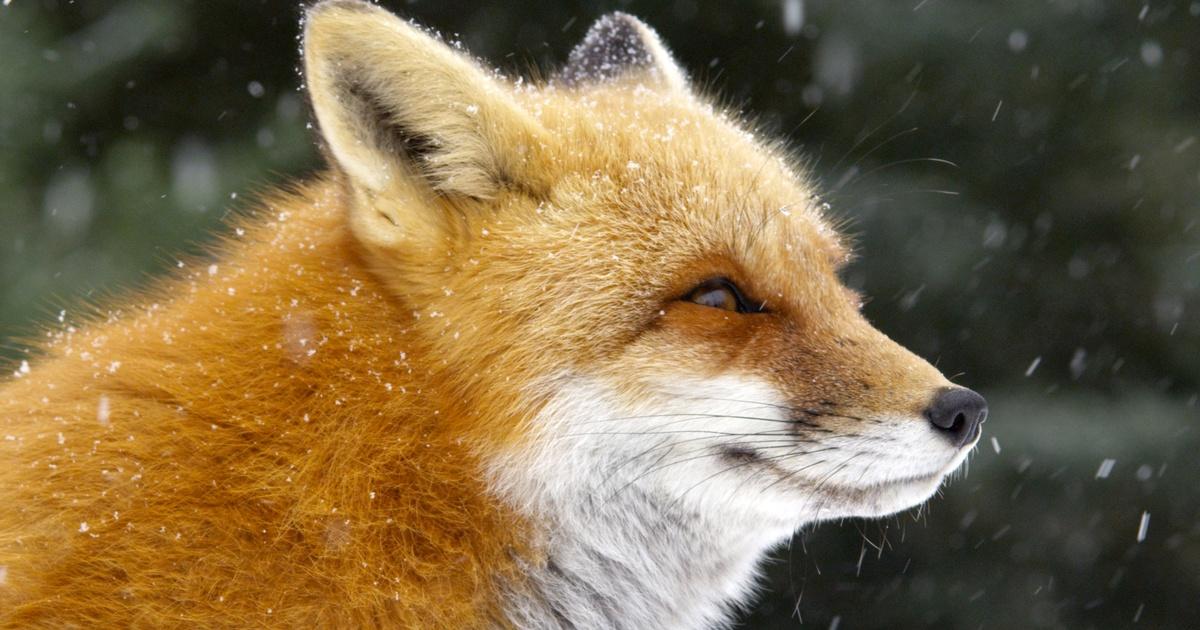Foxes, with their striking features and cunning demeanor, have captivated human imagination for centuries. Often portrayed as sly and elusive creatures in folklore and literature, foxes belong to the Canidae family, which also includes wolves and domestic dogs. Among the various species of foxes, one particularly fascinating member is the red fox, scientifically known as Vulpes vulpes. In this article, we will delve into the intricate world of foxes, exploring their characteristics, behavior, and the crucial role they play in ecosystems.
Table of Contents
ToggleI. Diversity of Foxes:
Foxes are a diverse group of mammals, with species inhabiting a wide range of environments across the globe. While the red fox is the most widely distributed and adaptable, other species like the arctic fox, fennec fox, and gray fox each have their unique characteristics and habitats. The arctic fox, for example, has developed remarkable adaptations to survive in frigid Arctic climates, while the fennec fox thrives in the hot deserts of North Africa.
II. Physical Features:
The red fox, often recognized by its orange-red fur and white-tipped tail, boasts a set of distinctive physical features. With a slender body, pointed nose, and large, bushy tail, the red fox is not only aesthetically pleasing but also well-adapted for its predatory lifestyle. Its keen sense of hearing and excellent night vision further contribute to its effectiveness as a hunter.
III. Behavior and Social Structure:
Foxes are known for their solitary nature, although some species exhibit varying degrees of social behavior. Red foxes, for instance, are generally solitary but may form small family groups during the breeding season. A mated pair and their offspring constitute a typical fox family unit. Foxes are highly territorial, marking their territories with urine and often engaging in vocalizations and scent-marking to communicate with other foxes.
IV. Hunting and Diet:
Foxes are opportunistic omnivores, displaying a varied diet that includes small mammals, birds, insects, fruits, and even scavenged carrion. Their hunting strategies are both skillful and adaptable. Foxes are known to stalk their prey, using a combination of stealth and speed to catch their quarry. They also have a reputation for raiding poultry farms and garbage bins in urban areas, showcasing their ability to adapt to changing environments.
V. Adaptability to Urban Environments:
One of the remarkable aspects of foxes is their adaptability to urban environments. As human populations expand and encroach upon natural habitats, foxes have found ways to thrive in cities and suburbs. Their ability to exploit new food sources, including discarded human food, has enabled them to coexist with humans in surprising proximity.
VI. Cultural Significance:
Throughout history, foxes have held a significant place in the cultural and mythological narratives of various societies. In Japanese folklore, the kitsune is a mythical fox spirit often depicted as intelligent and magical. In European folklore, foxes are commonly associated with cunning and trickery, portrayed as both villains and heroes in different tales. The cultural significance of foxes reflects the complex and multifaceted nature of these creatures in the human imagination.
VII. Conservation Challenges:
Despite their adaptability, foxes face various challenges, including habitat loss, persecution by humans, and the spread of diseases such as mange. In some regions, fox hunting has been a contentious issue, sparking debates on ethics and conservation. Conservation efforts aim to balance human-wildlife coexistence while preserving the crucial role foxes play in ecosystems.
VIII. The Role of Foxes in Ecosystems:
Foxes play a vital role in maintaining ecological balance. As predators, they help control populations of rodents and other small mammals, preventing overpopulation and the potential spread of diseases. Their scavenging habits also contribute to the decomposition of carcasses, further supporting ecosystem health. Understanding and preserving the ecological roles of foxes are essential for the overall well-being of ecosystems.
IX. Research and Scientific Contributions:
Scientific research on foxes continues to unravel the mysteries of their behavior, genetics, and ecological impact. Advances in technology, such as GPS tracking and genetic studies, have provided valuable insights into the movements, social structures, and genetic diversity of fox populations. This research contributes not only to our understanding of foxes but also to broader conservation and ecological studies.
Conclusion:
Foxes, with their captivating features and intriguing behaviors, embody the delicate balance between wildlife and human civilization. As we continue to expand our understanding of these clever creatures, it becomes increasingly important to appreciate their role in ecosystems and work towards ensuring their conservation. From the folklore of ancient civilizations to the scientific discoveries of today, foxes remain a symbol of adaptability, resilience, and the intricate interconnectedness of life on Earth.



